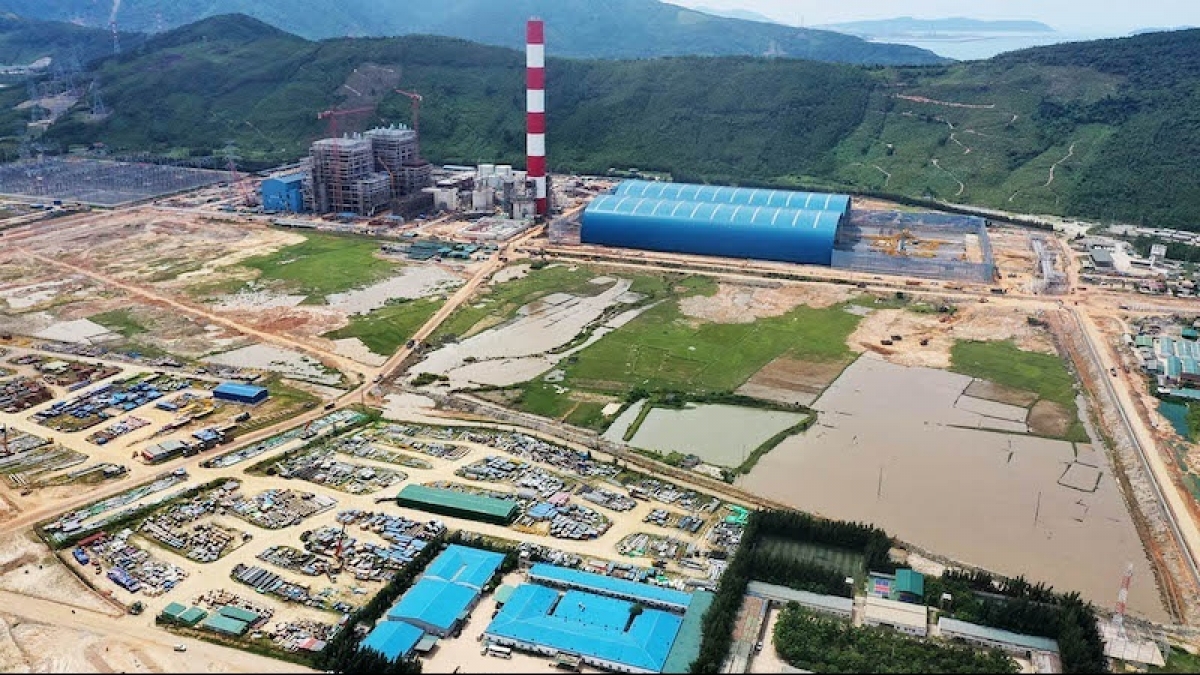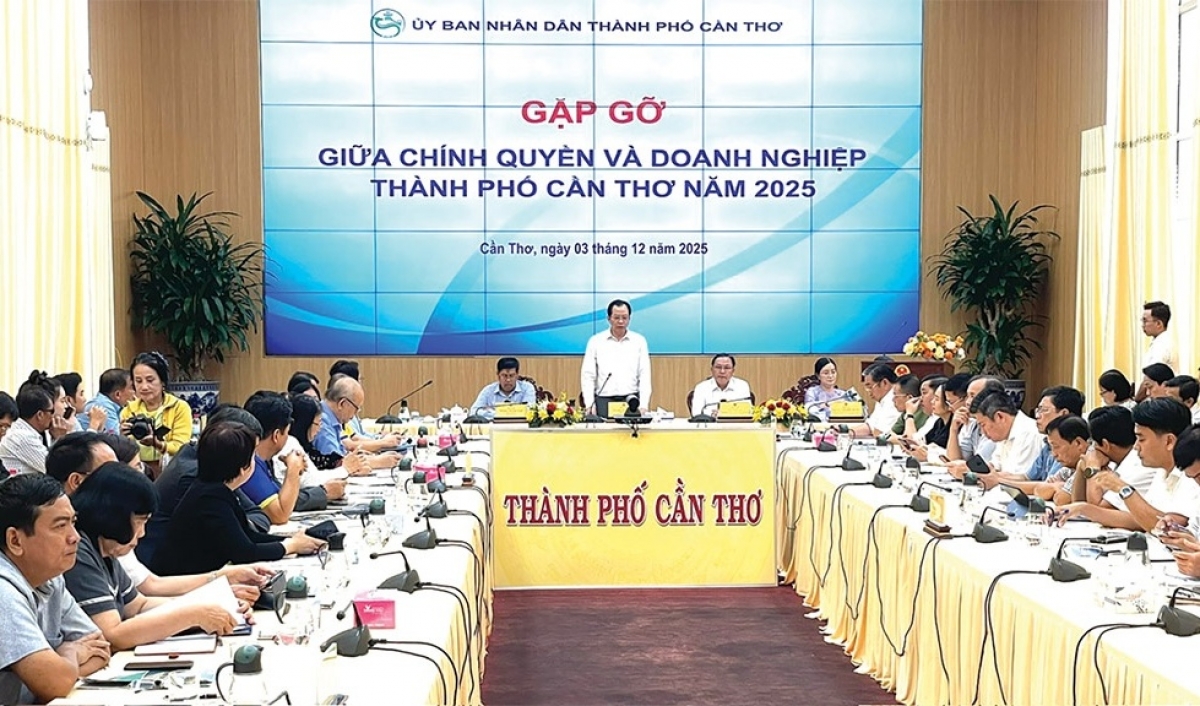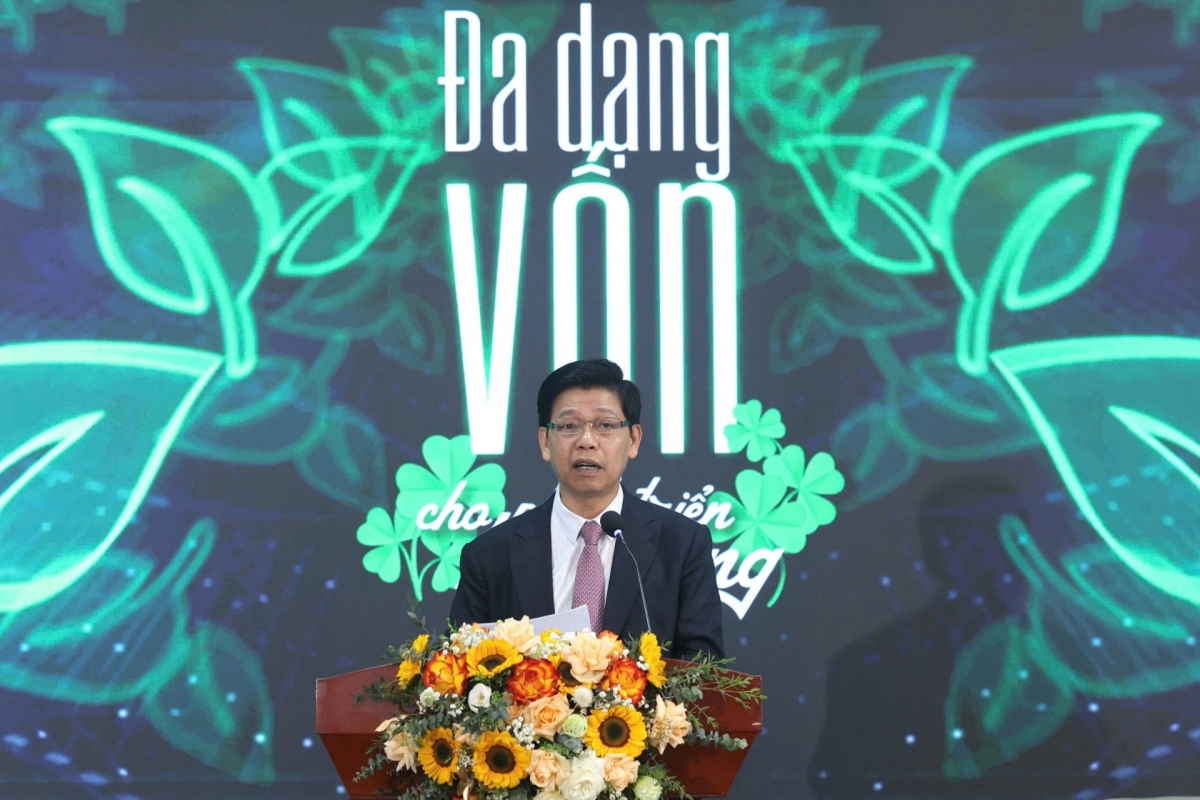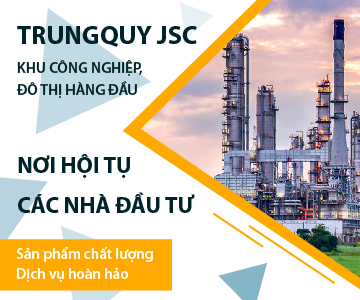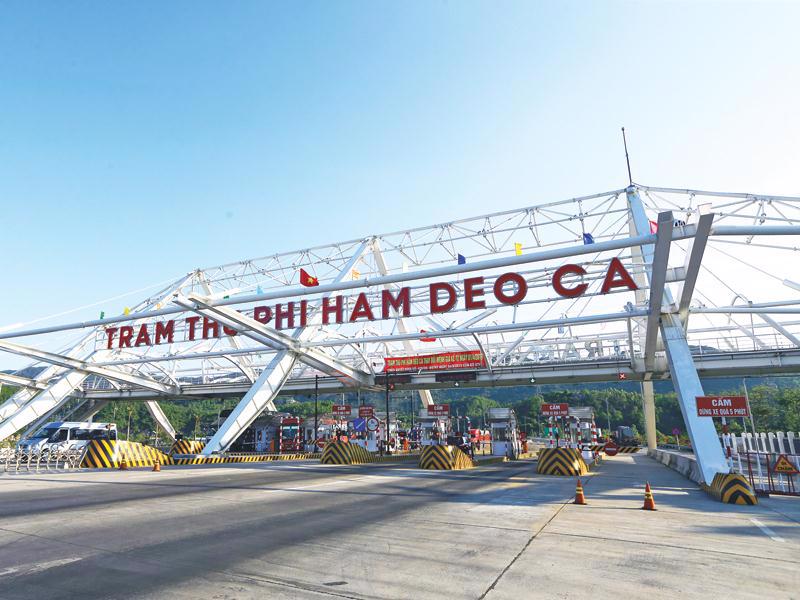INTERNATIONAL INVESTMENT
AND PORTAL
In addition to the North-South high-speed railway that was approved in-principle in 2024, the Ministry of Construction is also preparing a pre-feasibility study for the Ho Chi Minh City-Can Tho railway, aiming to put it into operation synchronously with the North-South railway. This line is about 174km long, expected to receive investment before 2030.
 Transit-oriented focus the right strategy
Transit-oriented focus the right strategy
By 2055, the railway will be able to transport over 26 million tonnes of goods and more than 18 million passengers per year. The route will have 12 stations across the provinces of Binh Duong, Long An, Tien Giang, and Vinh Long, as well as Ho Chi Minh City and Can Tho city.
With new high-speed railways, Vietnam has a great opportunity to apply transit-oriented development (TOD), especially for the Mekong Delta region. TOD is a planning and development strategy that integrates public transport and compact urban areas around stations and depots to attract public transport use and improve land use efficiency.
Experience of TOD in developed countries is built on strategic factors such as long-term planning, high-density development around traffic hubs, and implementing policies to reduce the use of personal vehicles. In this model, the public sector focuses on planning, building infrastructure, and operation, while the private sector participates through public-private partnership (PPP) projects, playing an important role in construction and ensuring service efficiency and quality.
The effectiveness of TOD in countries is to reduce dependence on personal vehicles, enhance the quality of urban life, and encourage economic growth through efficient land use.
Jurong East in Singapore is an outstanding example of the transformation of real estate according to the TOD model. After 25 years of development, the area within a 500m radius of Jurong East mass rapid transit station has changed remarkably to become a new urban centre. Jurong East is oriented to become a new urban area and is expected to be Singapore’s second central business district.
Currently, there is a dense combination of countless apartment projects, offices, shopping malls, schools and other commercial properties around the station.
Elsewhere, China is a noteworthy case study due to its ability to rapidly build and operate high-speed railway. In particular, Shenzhen boasts the largest and most modern metro network in China with 17 railway lines with a total length of 567km, which was built within only 20 years.
Luohu Station in Shenzhen is a notable example of the TOD. Since it was put into operation in 2004, the real estate value here has increased significantly thanks to its convenient access. Ten years later, large-scale complex projects such as shopping malls, offices, and high-end apartments have sprung up with high density, creating a multifunctional urban ecosystem.
Development orientation
In the six provinces and cities that the Ho Chi Minh City-Can Tho railway runs through, they can be divided into two groups: localities with population density of over 800 people per sq.km (Ho Chi Minh City, Binh Duong, and Can Tho City) and the group under that rare (Vinh Long, Tien Giang, and Long An).
According to the planned distribution map, seven of the 12 stations will be in the latter three locations. Obviously, each station will be an opportunity for TOD, especially for the localities with less prominent in the Mekong Delta region.
Long An province is oriented to become the centre of sustainable economic development in the southern region. The province currently has 18 industrial parks (IPs), 700 hectares of clean industrial land, and is a bright spot attracting investment. The Ho Chi Minh City-Can Tho railway will lure the second resource of population and labour.
To effectively develop TOD in this province, railway stations should become new urban centres. Around Tan An and Thanh Duc stations, high-density multi-storey buildings should be built in combining with commerce centres and offices for small- and medium-sized enterprises.
To connect traffic, it is necessary to build a road network and bicycle or electric vehicle lanes from the station to residential areas and IPs, integrating park-and-ride. All IPs in Duc Hoa and Ben Luc can be directly connected to the station via the inner-city buses, thereby creating a green and modern community for employees and experts there.
Meanwhile, Tien Giang is located in the centre of the railway line and will have three stations. These are all uncrowded areas, so there is a lot of room for development. TOD here needs to take advantage of the role of an agricultural and light industrial centre to create a mixed urban area along the railway line.
Around the stations, a mixed urban area should be built with mid-rise housing, small commercial centres, and modernised wet markets. The outer arc can become an agricultural service hub, supporting the fruit growing industry - the province’s strength. Mini shuttle buses from the station to My Tho city and neighbouring districts, connecting with National Highway 1 and My Tho port.
Vinh Long province is an important junction near the end of the Ho Chi Minh City-Can Tho railway line. Similar to Tien Giang, the areas of two stations are not crowded, so they need motivation to call for investment and residents. TOD in this province needs to focus on the role of transit and modern agricultural urban development.
Around the two stations, a medium-density urban area should be built. The outer belt area can become an agricultural product distribution centre, utilising My Thuan bridge, railways, and waterways. A transit network to Vinh Long city, Binh Minh, and Vinh Long ports should be developed, and a smart parking system could be placed near the station to support passenger and cargo transit, reducing the load on roads.
Traps to be avoided
Regarding socioeconomic development in these three provinces, affordable housing for workers and agricultural employees must be developed, which currently accounts for most of the local workforce, along with schools, medical centres, and public parks. Green parks and roofs should be used to reduce urban heat, combined with a drainage system to prevent flooding. Smaller companies should set up offices in the TOD area, utilising railway transportation to export agricultural products and fruits.
For these provinces, and the three larger localities, capital for TOD can be mobilised from the local budget and/or PPP model. In addition, inviting foreign developers, especially in commercial real estate, will quickly create vitality in each suburban area.
However, complicated administrative procedures are a major barrier to implementing the TOD in Vietnam, similar to the situation in India’s New Delhi, and Philippines’ Manila. Despite ambitious policies and plans, the operation of urban railways and the implementation of the TOD in these two cities have not yet achieved the expected results. Serious traffic congestion and air pollution are still occurring due to lack of connectivity and synchronisation in urban development.
The first reason is the overlapping of authority between agencies, along with the complicated approval process, leading to the delay of TOD projects, increasing investment costs and missing opportunities. In addition, the approach of applying stereotyped development policies without specific action plans depending on the travel culture and socioeconomic context has led to developments that are not suitable for actual needs.
 Slew of improvements in proposed railway rules
Slew of improvements in proposed railway rules
Amendments to the Law on Railway are necessary to institutionalise the Party’s policy, create breakthroughs for development, and solve existing limitations in implementation.
 Vietnam’s railways to attain rise in private participation
Vietnam’s railways to attain rise in private participation
While amendments to the law regarding railways are expected to give domestic and international businesses a legal thumb-ups, it will still take time for the industry to develop fully.
 Hoa Phat Group breaks ground on high-grade steel and railway track plant
Hoa Phat Group breaks ground on high-grade steel and railway track plant
Vietnamese steelmaker Hoa Phat Group will begin construction of a new factory producing high-quality steel and railway tracks this month as part of its ambition to contribute to national transport projects.
 Construction of North-South high-speed railway to start in 2026: PM
Construction of North-South high-speed railway to start in 2026: PM
Regarding the North-South high-speed railway, Prime Minister Chinh reiterated that under Resolution No. 106/NQ-CP, the Government has approved the overall implementation plan, ensuring construction starts no later than December 2026




